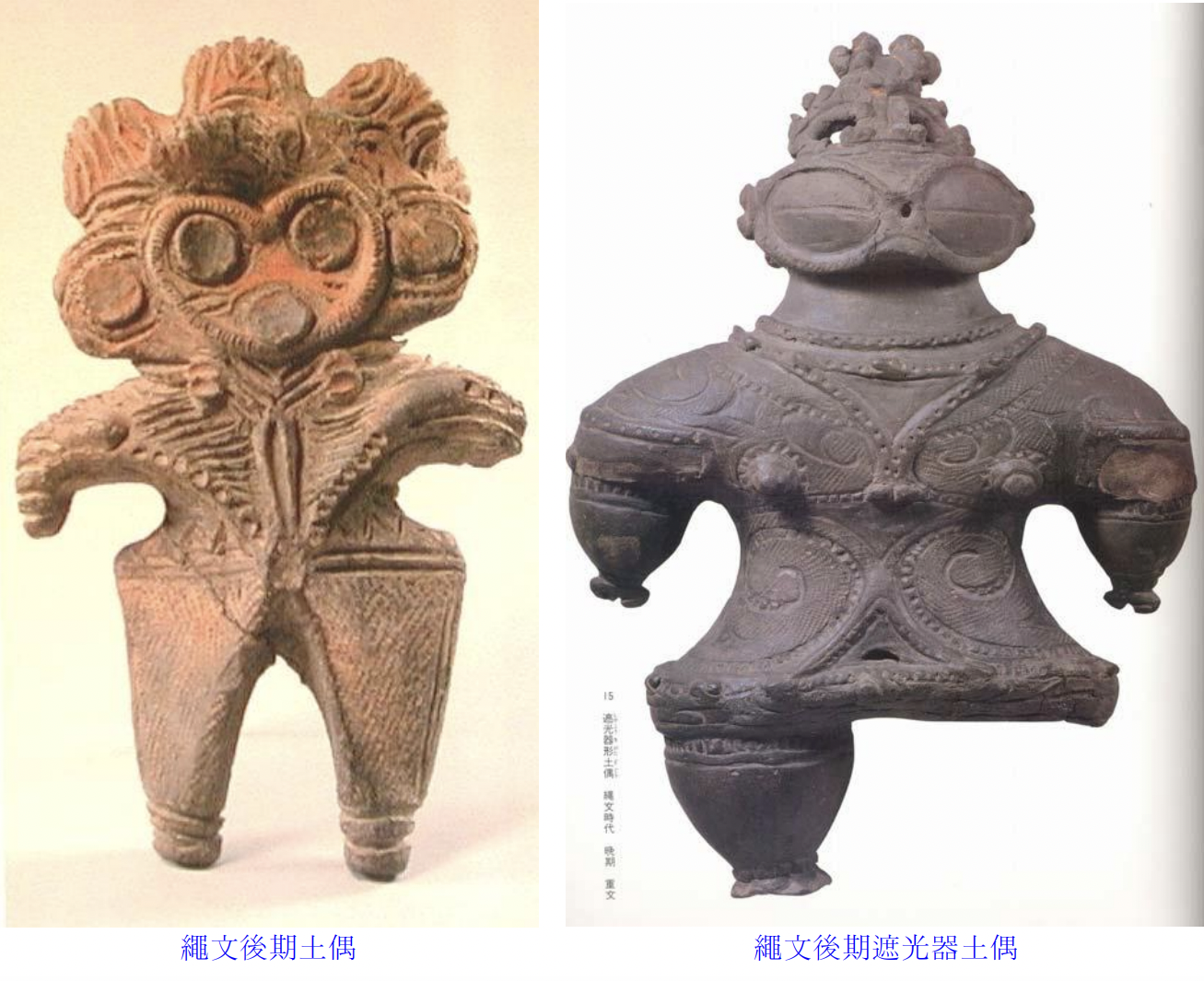ASTROJOKE
語言:
English
Photo credit: Niantic
IN ARCHAEOLOGY, especially during the Jōmon period in Japan around 10,000 BC – 300 BC, figurines were common and made by hand with clay. This period peaked at the highest point of the production of handicrafts and potteries.
When my teacher introduced Jōmon’s artworks to us in class, she initially showed us the pictures of Dogū (Figure 1). I felt a sense of deja vu…Did I see something similar before? Look at those outlandish but cute figures, like a 3,000-year-old action figure, how come I seemed know them?

Figure 1
After a few days, my cousin was at our family dinner table. In his hands were some cards which always appeared in my childhood. “Hey Gi! Check out my new collections!” he said with a grin. He passed the cards to my hand, and I had an answer: “Claydol the Pokemon! They look like Dogū!”
What are Dogū?
THE CREATURE-SHAPED FIGURINES known as Dogū, were produced during the Jōmon period of ancient Japan (roughly 10,000 to 300 BCE), at the same time as a period of agricultural development. Their images are mostly related to sedentism, agricultural practices, and gender. During the Jōmon period, Japan was covered by rich temperate forests and warming climate. This allowed people to live as hunter-gatherers, but there was also sedentism, with settlements growing rapidly and possibly housing a few hundred inhabitants. There is also evidence of slash-and-burn agriculture. Those supernatural phenomena and natural resources allowed local inhabitants to create artworks reflecting their lives. So, there were Dogū.

Figure 2
What I remember the teacher said is, in the early period of Jōmon, the kind of Dogū were in fragmented shape which cannot be identified as creatures. They were in compositions of geometry. Into the middle & late Jōmon, their handcrafts thrived and the design became more intelligible. Most Dogū are identified as female and represent fertility. For instance, “Jōmon Venus” (Figure 2), thought to originate from 2,000–1,500 BCE, is clearly a female with a sex symbol—accentuating the breasts and tummy with thick clay. It is supposed to be pregnant, which scholars account for the importance of secondary sex characteristics and fertility symbols related to fertility rituals, magical protection during dangerous events such as childbirth. In general, there are different kinds of Dogū which are named according to their looks. These range from heart-shaped dogū, sitting dogū,horned-owl dogū & goggle-eyed dogū.
Dogū continue to exist today nowadays. The cultural value of the dogū can be seen in contemporary Japanese museums/ preservation groups and the increasing influence of television, mangas, and video games, and so it is expected that these clay figures would make their way into pop culture. This is specifically true for the goggle-eyed dogū.
In the Dragon Quest series, there is a character called “Pocus Poppet”/“Clay Doll” who apparently looks like a goggle-eyed dogū (Figure 3). There are no exact academic explanations of goggle-eyed dogū. But we are sure that the accentuating breast and abounding body represent a healthy female. Such eyes are usually elongated or rectangular and protrude out of the face, forming a convex shape.
Contrary to prehistoric goggle-eyed dogū, Pocus Poppet have double legs because the missing leg was used to offset misfortune. Poppet has no decorative patterns on body, so we cannot hypothesize its identity or habits.

Figure 3
In Pokémon Sapphire (2002) and Pokémon Black/White 2 (2012), Claydol appears as a Ground /Psychic type and the Pokédex marks that it is a clay statue made by ancient people from 20,000 years ago, which indicates the late part of Jōmon. Pokemon notes the origin of Claydol as a “Spaceman clay prototype of Shakōki-dogū” which re-enact the original dogū creatively with mythology. Black Calabash-shaped, multiple goggle-eyes, simplified pattern on the body and shortened legs, the transformed dogū can fly now and turn award swiftly. Unlike the goggle-eyed dogū, Claydol can attack enemies successfully.
In a nutshell, dogū is a fascinating existence that has flourished till now. In a historical sense, it still maintains its prehistoric meaning and story like Kizukuri Station in Tsugaru city where situates there is the giant Shakōki-dogū. On the other hand, pop culture like animation and video games reenact the innovative entities of Shakōki-dogū, bringing possibilities for contemporary people to understand classic Japanese art, adding personal creativity to it. The prototypes of ancient Japanese dogū guide contemporary creators to channel their own imaginations, like standing on the shoulders of giants (Shakōki-dogū) to explore a new world.



